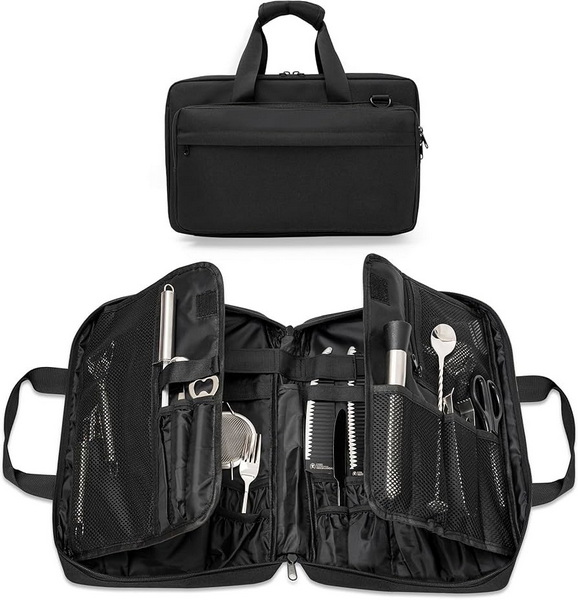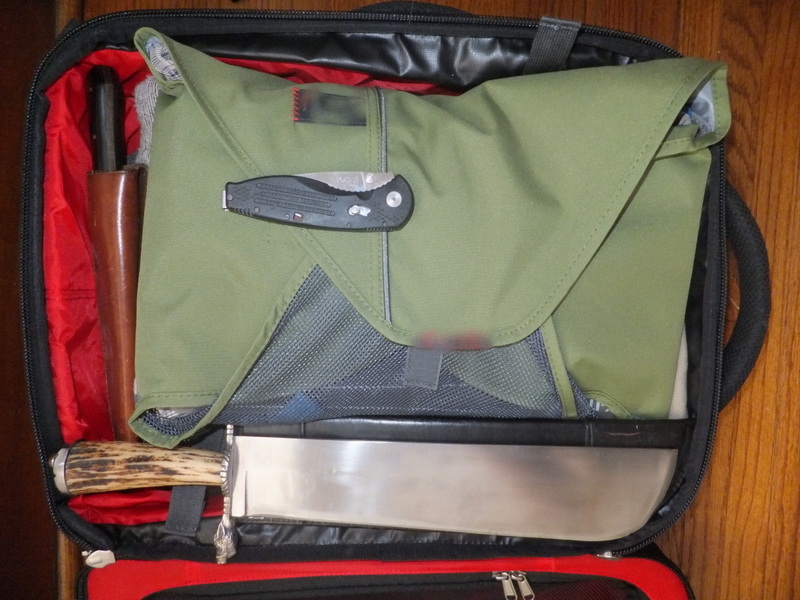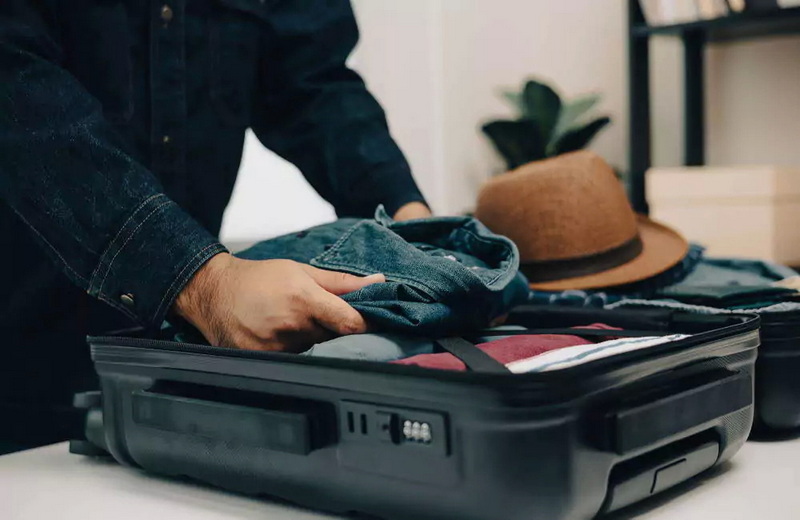

Views: 222 Author: Ella Publish Time: 2025-06-07 Origin: Site








Content Menu
● Understanding Airline and TSA Regulations for Cooking Knives
>> Are Cooking Knives Allowed in Carry-On Luggage?
>> Can You Pack Cooking Knives in Checked Luggage?
>> Declaration and Airline Policies
● How to Safely Pack Cooking Knives in Checked Luggage
>> 1. Clean and Dry Your Knives
>> 2. Use Knife Sheaths or Blade Guards
>> 5. Choose a Sturdy Container
● Additional Tips for Traveling with Cooking Knives
● International Travel Considerations
● Protecting Your Knives During Transit
● What to Do If Your Knives Are Confiscated
● Alternatives to Traveling with Your Own Knives
● FAQ
>> 1. Can I bring cooking knives in my carry-on luggage?
>> 2. How should I pack cooking knives in checked luggage?
>> 3. Do I need to declare my knives at the airport?
>> 4. Are there limits on the number or size of knives I can bring?
>> 5. Can I travel internationally with cooking knives?
Traveling with cooking knives can be a common concern for chefs, culinary enthusiasts, and anyone who wants to bring their trusted kitchen tools on a trip. Whether you are moving, attending a cooking competition, or just want your favorite knives on vacation, understanding the rules and best practices for packing knives in airline luggage is essential. This comprehensive guide will cover everything from airline and TSA regulations to practical packing tips, safety advice, and international considerations.

The Transportation Security Administration (TSA) and most international aviation authorities have strict rules regarding knives in carry-on luggage. All types of cooking knives, including chef's knives, paring knives, and serrated knives, are prohibited in carry-on bags due to safety concerns. The only exceptions are plastic or round-bladed butter knives, which are generally allowed.
Yes, cooking knives are generally allowed in checked luggage. TSA regulations permit knives in checked baggage as long as they are properly packed to prevent injury to baggage handlers and security personnel. However, individual airlines and countries may have additional restrictions or requirements, so it is always wise to check with your airline before traveling.
While not always mandatory, declaring knives at check-in is strongly recommended to avoid misunderstandings or delays during security screening. Some airlines may have their own policies on blade length, type, or quantity, so verifying these before your trip is important.
Packing cooking knives securely is crucial for safety and to protect your valuable tools. Here is a step-by-step guide to packing knives for air travel:
Before packing, wash your knives thoroughly with warm, soapy water and dry them completely. This prevents odors, rust, and pest attraction during transit.
Protect the sharp edges with knife sheaths, blade guards, or plastic clamshell cases designed to fit your knives snugly. If you don't have these, wrap the blades tightly in bubble wrap or thick cloth and secure with packing tape.
Wrap knife handles with bubble wrap or foam padding to cushion them and prevent damage.
If traveling with several knives, bundle them together carefully using rubber bands or additional padding to prevent blades from contacting each other and dulling.
Place the wrapped knives in a hard-sided container, knife roll, or a sturdy box to protect them from impact during handling. Knife rolls are popular among professionals for their convenience and protection.
Fill any gaps in your container or suitcase with additional padding such as bubble wrap, packing peanuts, or clothes to prevent movement.
Clearly label your knife container or the luggage section as “Fragile” or “Sharp Objects” to alert baggage handlers to handle with care.
If using a separate knife case, secure it with a TSA-approved lock. This allows security to inspect your knives without damaging the case.

- Avoid packing knives in carry-on luggage to prevent confiscation and delays at security checkpoints.
- Check local laws at your destination, as some countries have stricter regulations on knife possession, even in checked luggage.
- Consider shipping valuable knives separately via courier services specializing in fragile items if you have a large collection or irreplaceable pieces.
- Keep an inventory and documentation of your knives, including photos and descriptions, to help with customs or airline inquiries.
- Arrive early at the airport to allow extra time for check-in and security procedures when traveling with knives.
Beyond packing, consider the overall protection of your knives during the entire journey. Checked luggage often undergoes rough handling, so additional measures can safeguard your knives:
- Use a dedicated knife case or box that is impact-resistant and lockable.
- Place knives away from heavy items in your suitcase to avoid crushing or bending.
- Consider wrapping your knives individually in soft cloth or foam before placing them in the container.
- Avoid overpacking your suitcase to reduce pressure on the knives and their protective casing.
- Use a suitcase with a hard shell for extra protection against external forces.
In rare cases, knives may be confiscated if they do not meet airline or country regulations. If this happens:
- Ask for a receipt or documentation from the security personnel.
- Contact your airline or airport authority for information on how to retrieve your knives if possible.
- Check local laws to understand the reasons for confiscation and any potential penalties.
- Consider shipping your knives separately in the future to avoid issues.
If traveling with your knives seems complicated or risky, consider alternatives:
- Rent or borrow knives at your destination if you are attending a cooking event or class.
- Purchase affordable knives locally for temporary use.
- Use knife sets designed for travel that are compact and TSA-compliant.
- Ship knives ahead of time using reliable courier services with insurance.
Traveling with cooking knives by air is allowed but requires careful preparation. Knives are prohibited in carry-on luggage but generally permitted in checked bags if properly packed and declared. Using protective sheaths, sturdy containers, and following airline and TSA guidelines ensures your knives arrive safely without incident. Always check specific airline policies and destination regulations before traveling. With the right approach, you can bring your trusted kitchen tools wherever your culinary journey takes you.

No, cooking knives are not allowed in carry-on luggage due to security restrictions. They must be packed in checked baggage.
Knives should be sheathed or wrapped securely with blade guards, bubble wrap, or cloth, placed in a sturdy container or knife roll, and cushioned to prevent movement.
While not always mandatory, it is recommended to declare knives at check-in to avoid confusion or delays during security screening.
TSA does not specify strict limits on number or size for checked luggage, but airlines may have their own policies. Large blades like swords or daggers may be prohibited.
Yes, but you must check the knife laws of your destination country and any transit countries, as regulations vary and some may have stricter rules.